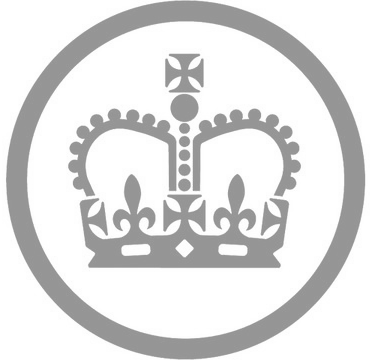Flat Rate VAT - Could My Company Benefit From Using It?

As with all things business, there’s no one size fits all answer to whether your company should be using the Flat Rate VAT Scheme. However, this post will highlight the differences between Flat Rate and standard VAT, and some of the benefits and drawbacks of using the Flat Rate Scheme. From this, you can begin to draw your own conclusions on whether the Flat Rate Scheme is suitable for you.
Before deciding which route to go down, we recommend speaking to an accountant who can give you clear advice on which route to take for your circumstances.
What is the standard VAT scheme?
Before we move on to the Flat Rate VAT scheme, it’s important to understand how the standard VAT scheme works.
Consumers need to pay tax on the sales of goods, known as Value-Added Tax (VAT). The business calculates the amount of VAT to be charged and then passes this on to the customer.
For example, the business could sell an item for £1; they will then charge the consumer £1.20. This additional 20% is the VAT element.
While most items are subject to the 20% charge, there is also a reduced rate of 5% and a zero rate.
Any VAT that consumers pay is passed on to HMRC by the business through their VAT return (typically every quarter).
While you can voluntarily register for VAT, registering is compulsory if your turnover is above £85,000.
What’s the difference between standard VAT and the Flat Rate Scheme?

The Flat Rate Scheme was developed in 2002 as a simplified version of the VAT scheme.
Businesses have to pay a set VAT rate rather than accounting for both input and output VAT. This rate is a percentage of the turnover and will vary by what the business does. For example, “boarding or care of animals” is currently set at 12% (as of June 2022).
If your business is considered to be a limited cost trader, you will have to pay 16.5%. To be classed as a limited cost trader, your business must have a VAT-inclusive expenditure on goods of less than 2% of your turnover.
Alternatively, it can be more than 2% of VAT inclusive turnover as long as it is less than £1000 per annum.
Benefits of using the Flat Rate Scheme
There are three main benefits to the Flat Rate Scheme:
- It helps your business to manage cash flow
- It has lower fixed rates than the standard rate
- It is easier to keep records
Drawbacks of using the Flat Rate Scheme
The main drawback of using the Flat Rate Scheme is that you cannot reclaim VAT on any of your purchases. So it may be best to avoid it if you are making a large number of purchases or making a large number of VAT-exempt sales. Both of these scenarios could lead to you paying more in VAT.
How can I join the Flat Rate Scheme?
Before joining the Flat Rate Scheme, you need to be registered on the standard VAT scheme.
 |
|
To then join the Flat Rate Scheme you will need to fill out the form VAT600FRS.
When filling out the form, you will need the following information:
- Business name
- Whether you are located in the UK or not
- Phone number
- VAT registration number
- Details about your primary business activity
- The flat rate percentage you will be using
- The date you would like to start using the Flat Rate Scheme - if it’s different from the date provided by HMRC, you will have to give a reason you would like it to be changed
- 17 Apr 2025 - Do I need an accountant, or can I just use software?
- 19 Mar 2025 - What if I can't pay my self assessment bill?
- 06 Mar 2025 - How do I make an employee redundant?
- 24 Feb 2025 - Is it the right time to get a dedicated office?
- 21 Jan 2025 - How to make your money work for your business
